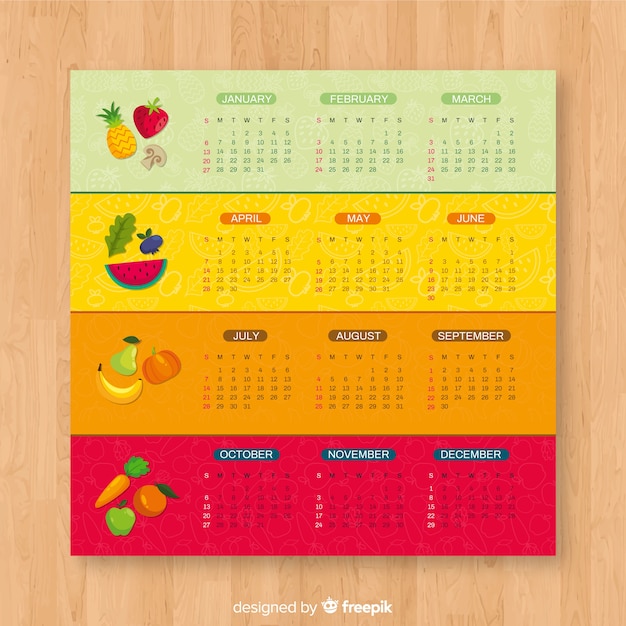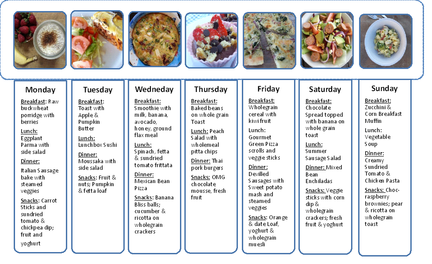


Food items containing artificial food coloring and added sugar content are limited.Schools avoid serving foods with trans fat and products containing partially hydrogenated oils.


Which ensures students get the proper balance of nutrition while in school. If you teach your little one to eat and enjoy fruits, vegetables and whole grains early on, it will resonate throughout their life and lead to better health. Balanced eating is important for everyone, but it’s especially important for young children.Ĭhildhood is an impressionable time in life when many habits are formed that shape adulthood, including those that deal with nutrition. March is National Nutrition Month ®, which raises awareness of the importance of good eating habits. November: beets, broccoli, Brussels sprouts, cabbage, cauliflower, cranberries, leeks, mushrooms, oranges, parsnips, pears, persimmons, pomegranates, pumpkins, rutabagas, spinach, sweet potatoes, tangerines, turnips, winter squash.ĭecember: broccoli, Brussels sprouts, cabbage, cauliflower, grapefruit, kale, leeks, mushrooms, oranges, papayas, parsnips, pears, pomegranates, rutabagas, sweet potatoes, tangelos, turnips.Welcome to March! For many, this month is all about itching for spring, but it’s also about nutrition. October: acorn squash, apples, beets, broccoli, Brussels sprouts, butternut squash, cabbage, cauliflower, cranberries, grapes, leeks, lettuce, mushrooms, parsnips, persimmons, pomegranates, pumpkins, rutabagas, spinach, sweet potatoes, Swiss chard, turnips, winter squash. September: acorn squash, apples, beets, butternut squash, cantaloupe, cauliflower, eggplant, figs, grapes, green beans, lettuce, mangoes, mushrooms, okra, peppers, persimmons, pomegranates, pumpkins, spinach, sweet potatoes, Swiss chard, tomatoes. July: apricots, blackberries, blueberries, cantaloupe, corn, cucumbers, green beans, kiwi, kohlrabi, lettuce, mangoes, okra, peaches, peppers, plums, raspberries, strawberries, summer squash, Swiss chard, tomatoes, watermelon, zucchini.Īugust: acorn squash, apples, apricots, blueberries, butternut squash, cantaloupe, corn, cucumbers, eggplant, figs, green beans, kiwi, kohlrabi, lettuce, mangoes, okra, peaches, peppers, plums, raspberries, strawberries, summer squash, Swiss chard, tomatoes, watermelon, zucchini. June: apricots, blueberries, cantaloupe, cherries, corn, kiwi, lettuce, mangoes, peaches, strawberries, Swiss chard, watermelon, zucchini. May: apricots, artichokes, asparagus, cherries, lettuce, mangoes, okra, pineapples, radishes, rhubarb, spring peas, strawberries, Swiss chard, zucchini. March: artichokes, broccoli, Brussels sprouts, cauliflower, leeks, lettuce, mushrooms, parsnips, pineapples, radishes, rutabagas, turnips.Īpril: artichokes, asparagus, broccoli, cauliflower, leeks, lettuce, mushrooms, pineapples, radishes, rhubarb, spring peas. January: broccoli, Brussels sprouts, cabbage, cauliflower, grapefruit, kale, leeks, lemons, oranges, parsnips, rutabagas, tangelos, tangerines, turnips.įebruary: broccoli, Brussels sprouts, cabbage, cauliflower, grapefruit, kale, leeks, lemons, oranges, parsnips, rutabagas, tangelos, turnips. You may want to customize it for your area by visiting the websites of the local farmers' markets to see what they list as being in season each month. You could create your own using photos and graphics. This calendar has a heading for each month that lists typical fruits and vegetables that are in season during that month, with a graphic showing one of the items. If you prefer, you can create your own calendar using the same concept.


 0 kommentar(er)
0 kommentar(er)
